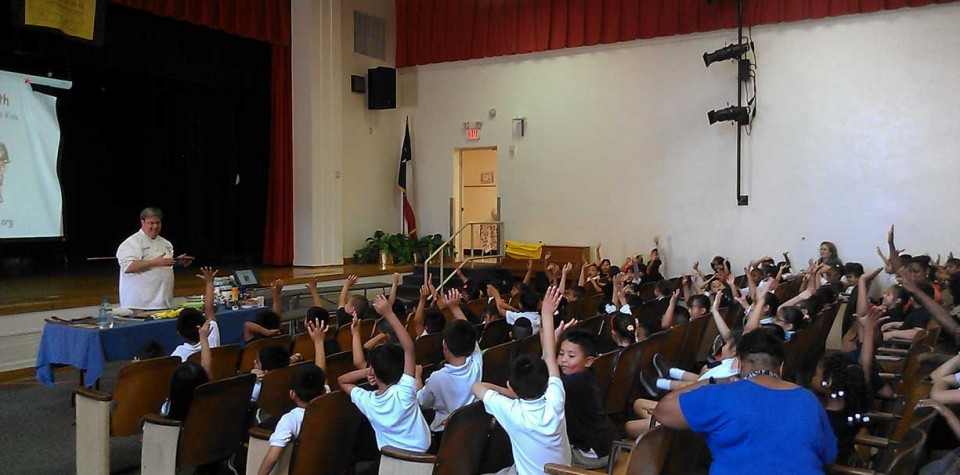
 For a long time, I have helped people realize the truths about sugar. Before you roll your eyes and think that this is just another anti-sugar piece of writing, know that this piece is written through the eyes of a consumer and a chef.
For a long time, I have helped people realize the truths about sugar. Before you roll your eyes and think that this is just another anti-sugar piece of writing, know that this piece is written through the eyes of a consumer and a chef.
I’ve always been a bigger guy. Most of my weight issue centers around the fact that my parents didn’t understand back in the 1970s about hydration. So after I would exercise hard, I would get these headaches about an hour afterwards. These would last well into the next day. It was due to lack of understanding about hydration.
My big brother and I could down a two liter bottle quite easily (yes they had that size back then). Also back then, we had glasses that never measured more than 16 ounces. Today there are 32, 48, and 60+ ounce containers for drinking.
Now that I have passed 50 years of age, I had a maximum weight of 280 pounds. I never over-ate, I never downed lots of chocolates except for holidays and Halloween. The problem was lack of exercise because I was afraid of getting headaches.
After becoming a chef – not a pastry chef by trade, but I can make hundreds of incredible desserts – I found that most kids and adults didn’t understand about sugar being shown on food nutrition labels as “grams”. This is a weight measure, and not a volume measure like a “teaspoon” or “tablespoon”.
As I taught publicly in schools during assembly and classroom curriculum support for math and science, that nobody really could tell me what a gram was, beyond that it is a unit of measure. Shocking!?
A gram can be understood as a paperclip. There are 5 grams in a teaspoon. So I began teaching this even to adults. Everyone was getting excited because they really wanted to connect with what the food label measured sugar as.
While I am at health fairs, class, or after-school cooking club and show the kids about the food nutrition labels. We measure out the amount of sugar and convert between grams and volume. So the visual learning progressing where kids and adults connect with how measuring spoons measure up to the cups.
Math is fun – Measure a gram is equal to a paperclip
Now that everyone can understand the Food Nutrition Label put on by the USDA, we can find an observable way of seeing how much sugar we can eat.
My research into medicine and how the human body processes sugar has led me to understand that our our bodies can only process one paperclip (1 gram) of sugar per hour while we are awake.
© Chefsville. All Rights Reserved.